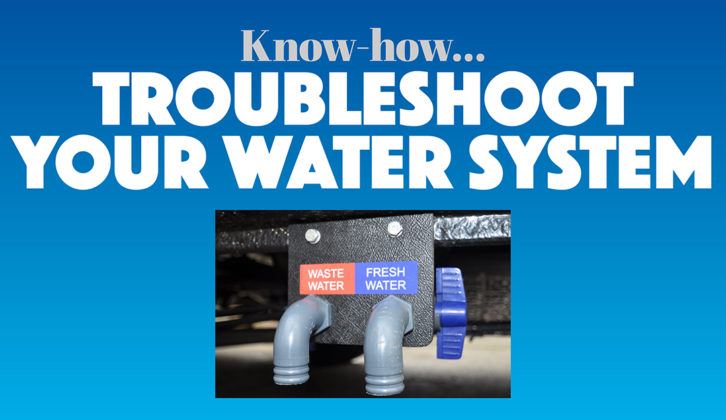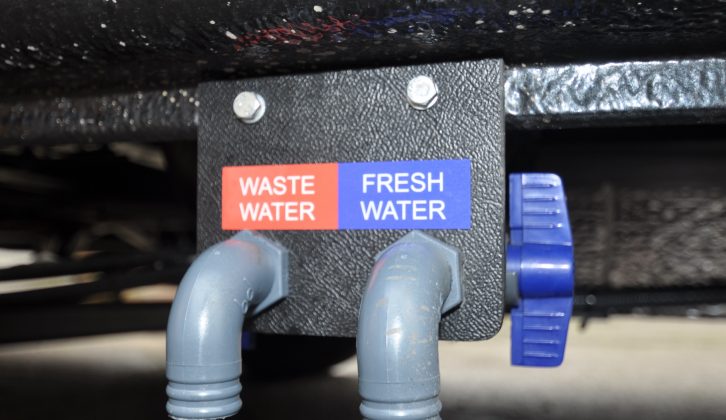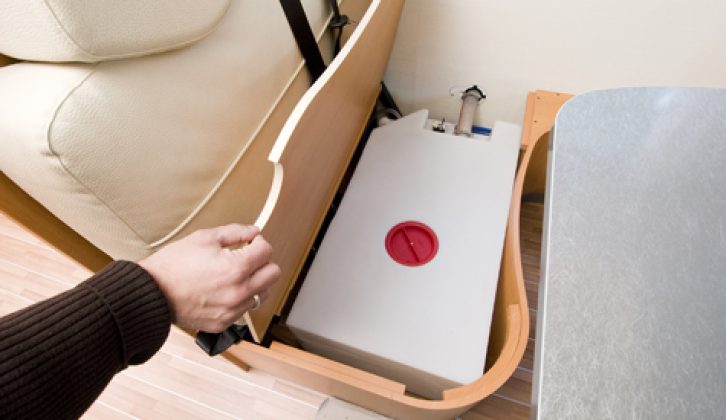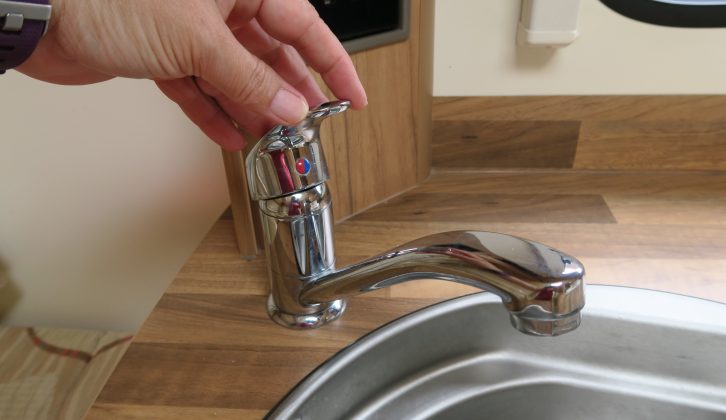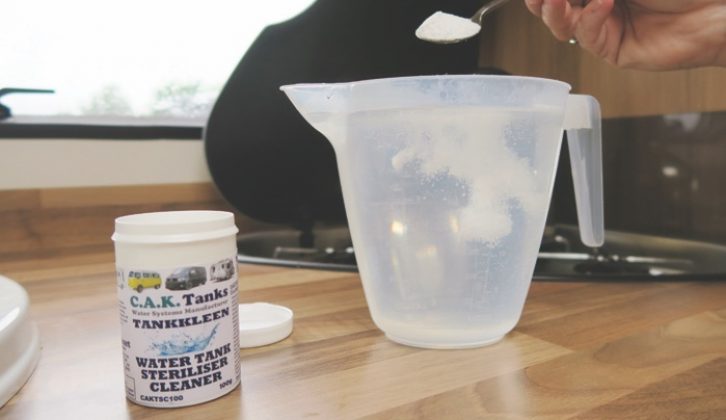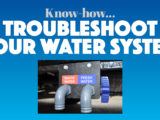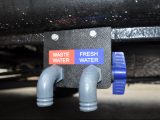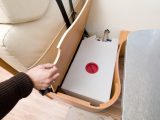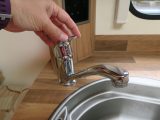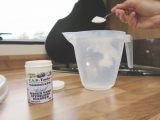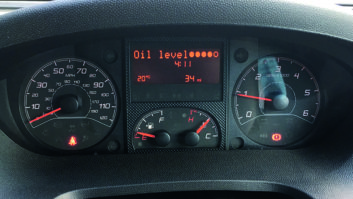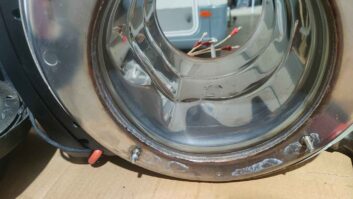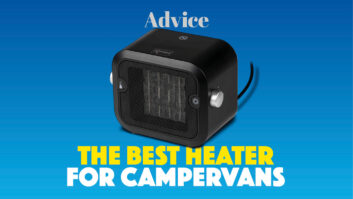The water systems fitted into a motorhome can consist of a lot, or a little, depending on the make and model. A basic motorhome may have nothing more than a water tank, tap, hose and simple electric pump with a sink waste that leads to the outside, to a removable container. A modern model will boast a dual-fuel boiler, separate shower, taps in the kitchen and the washroom, as well as an external shower head. All the waste drains into a grey-water tank. This guide will help you troubleshoot your water system.
Regardless of the type of ’van, however, problems can emerge and with just a small amount of knowledge and basic tools you can keep things ticking over and take care of most problems.
There are two main types of fresh water system. In years gone by, the most popular arrangement had an electric water pump which was turned on and off by switches which are part of the tap fitting. This is known as a microswitch system. It is still fitted by some manufacturers but has largely been supplanted by a pressured water system.
In this system, the water pump keeps the entire fresh-water system under pressure. When a tap is opened, a switch detects the drop in water pressure, which prompts the pump to begin running to maintain the supply. Both work well although the pressured system tends to provide a more consistent and stronger stream of water which is better for showering in your ‘van.
Which do I have?
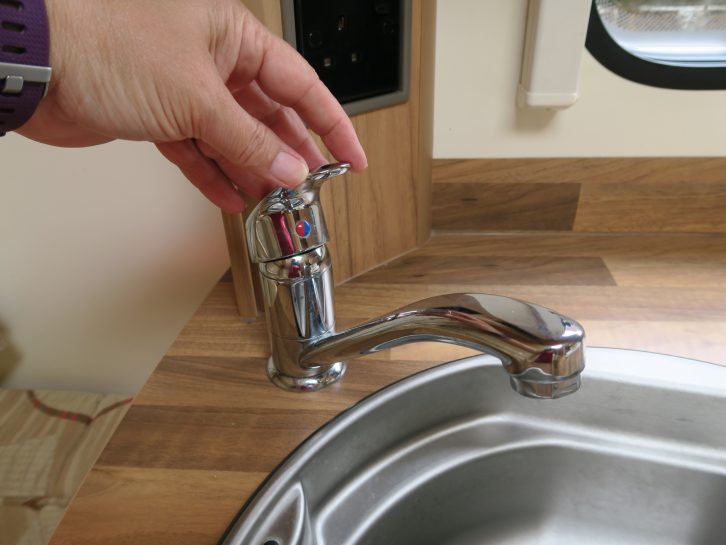 The easiest way to determine what kind of water system you have in your motorhome is to examine the taps.
The easiest way to determine what kind of water system you have in your motorhome is to examine the taps.
With the water pump off, turn the tap on and then off. If you hear a soft ‘click’ after a tiny movement of the tap head, there’s a fair chance you have a microswitch system.
If this test is inconclusive, check beneath the tap fitting: if you have a microswitch system there will be two wires trailing down from the tap, connected to the microswitch. However, it’s not unknown for microswitch taps to be used with pressured systems.
So, if the wires are there but not connected to anything, you have a pressured system. The latter type of system can be identified in a couple of ways. You can check for the pressure switch, which is usually found close to the water pump, in a seat locker. Or, turn on the water pump’s main power switch: if the pump runs, without turning any taps on, the pump is trying to bring the whole system up to pressure.
No water flow
If no water is coming from the tap, in a microswitch system the most common culprit is a broken switch. The best way to check this is to turn on the water pump power switch before turning on another tap in the ‘van. If one works and another doesn’t, the tap which doesn’t fire up the pump is the broken one.
Replacement switches are available in accessory shops and are straightforward to fit. Just disconnect the plumbing and the wiring to the broken switch before removing the tap. Withdraw the switch, then fit the new one.
Faulty pumps
If neither tap works, it suggests a problem with the pump – presuming that obvious causes such as flat batteries and empty water tanks have been eliminated.
Go to the habitation area fuse box and find the fuse which protects the water system. Remove it and check that it has not blown (if it has, replace it!). Otherwise, it’s most likely to be a problem with the pump or the wiring which supplies it, in which case leave it to a specialist to fix.
Pressure problems
In a pressure system, the most common fault is the pump starting up when the taps are not in use. If the leak is very small, then the leaked water may not be too obvious, and more of an inconvenience than a disaster.
If your pump occasionally rumbles, simply turn the power off at the control panel at night and carry on using the taps as usual. If there is water in evidence around a joint in the water system, tighten up the hose clip or replace the connector if it is damaged.
It could just be that the pressure switch is too sensitive. Most pumps have an adjusting screw to ensure that the tap will not operate during very slight pressure drops.
Bacteria build up
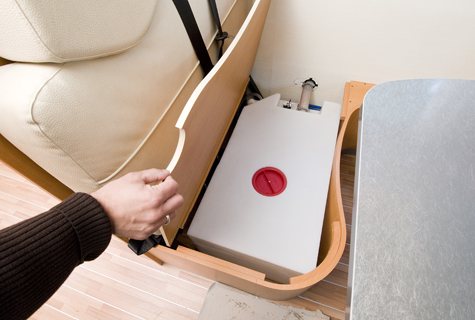
A common problem with fresh water systems is the accumulation of bacteria when the motorhome is static for a period of time.
At best, the result can be unpleasantly tainted water, but at worst it can cause illness. That is why periodical sterilisation of the system is important. Running several litres of a diluted sterilising agent through the system is very effective. A diluted solution of Milton mild bleach is ideal. Follow this with a flush of fresh water to minimise the chances of the water being contaminated.
Water filter systems
Some ‘vans are fitted with water filter systems which come in one of three types. Inboard water pumps have a grit filter to prevent big bits of dirt wrecking the pump. Taste filters are designed to improve the taste of water, while water-purifying filters remove bacteria, making water from sources such as rivers and canals safe to drink.
All three types of filter need to be serviced but the method for how this is done differs widely from model to model. Check your motorhome’s handbook or contact the filter manufacturer for details of how to service yours.
Waste-water systems
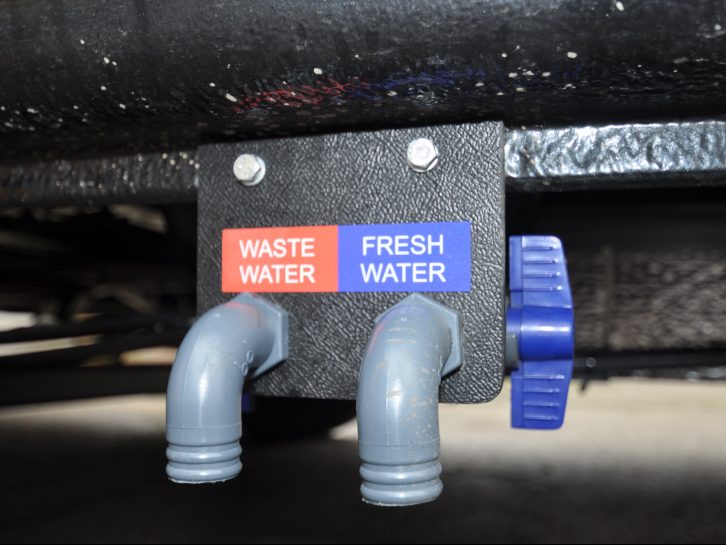 In terms of waste-water systems, there are few serious problems to worry about. The most common complaint is poor draining of waste water. The most basic check can be carried out by making sure that the ‘van is level. If it is on a tilt, water in sinks and shower trays can ‘back up’.
In terms of waste-water systems, there are few serious problems to worry about. The most common complaint is poor draining of waste water. The most basic check can be carried out by making sure that the ‘van is level. If it is on a tilt, water in sinks and shower trays can ‘back up’.
If the ‘van is level, check under the sink, as most ‘vans have flexible, convoluted plastic drainage pipes. These can easily sag and the result is lazy drainage. A quick fix is to straighten the pipe out, but a better one is to replace the flexible pipes with rigid versions that are easy to cut to length and will never sag.
Smelly issues
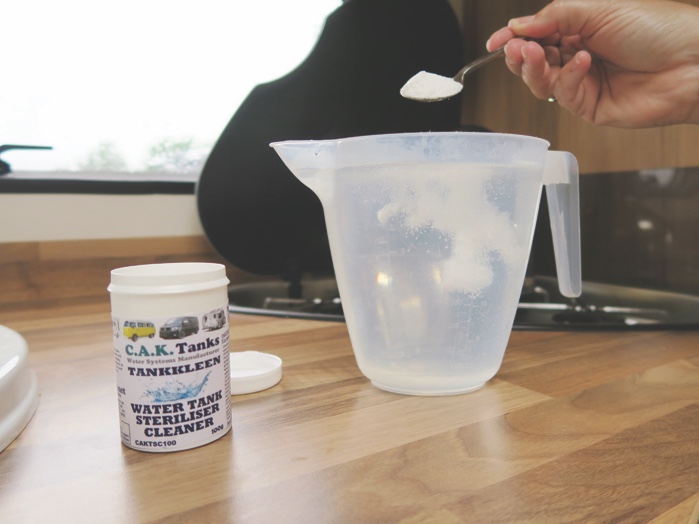
Another common problem with a waste system is smells. If your waste tank allows horrible fumes into the ‘van, keeping the plugs in the sink is an effective temporary measure. But to fix the problem properly, the waste tank needs to be flushed through with a detergent.
Thetford has a suitable product, sold in 1.5-litre bottles, called Tank Freshener, which you run into an empty tank and leave for a while so it can break down stubborn deposits of grime and gunge.
Cleaning the waste tank
A cheaper option for freshening the grey tank is to put a litre or two of clean water into it after emptying. As the motorhome is driven around, it will loosen and dissolve a lot of gunge which can then be drained out of the tank. You can add a detergent too, but avoid strong bleaches because they attack stainless steel surfaces such as sinks.
If you liked this… READ THESE:
Best kit to pack for a motorhome toolkit on tour
Alde boiler and flue maintenance
If you’ve enjoyed reading this article, why not get the latest news, reviews and features delivered direct to your door or inbox every month. Take advantage of our brilliant Practical Caravan magazine SUBSCRIBERS’ OFFER and SIGN UP TO OUR NEWSLETTER for regular weekly updates on all things caravan related.
In a pressure system, the most common fault is the pump starting up when the taps are not in use
